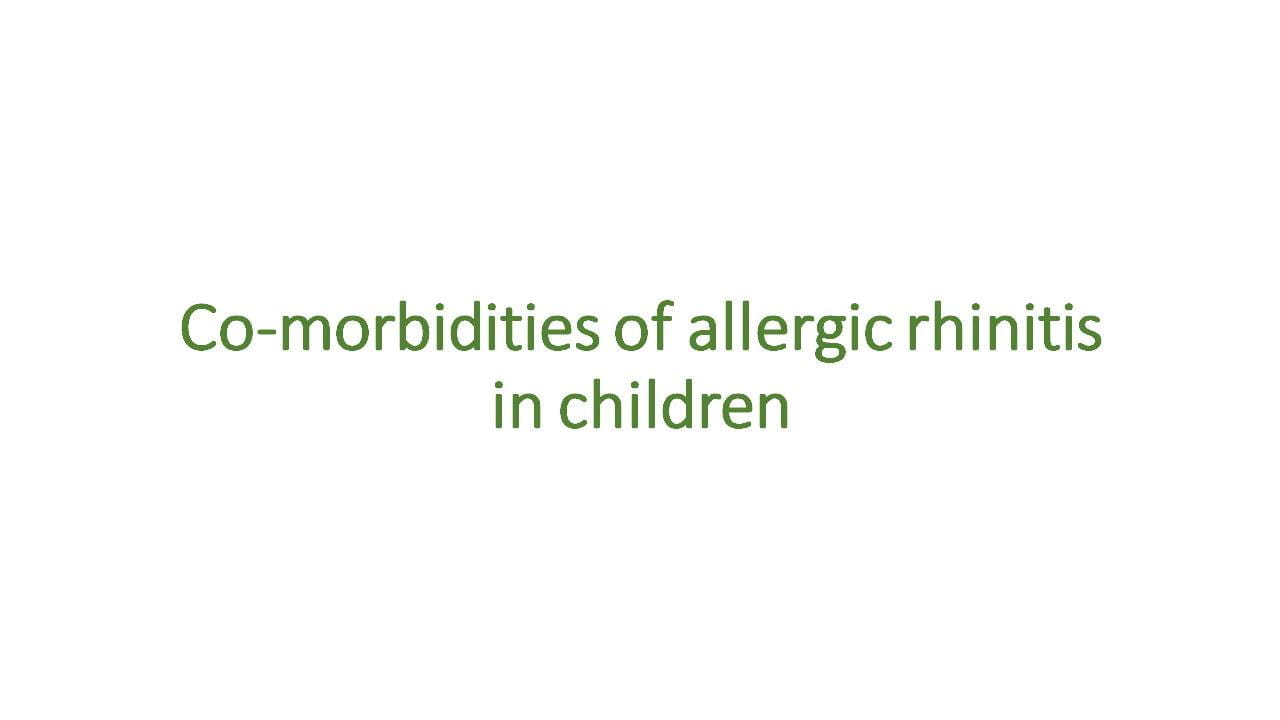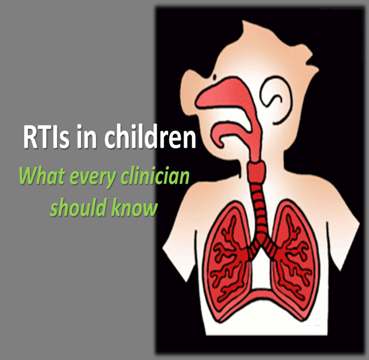Introduction:
The preventive role of hydrolysed infant formula in atopic and allergic diseases remains uncertain. The PADI study aimed to determine whether feeding infants an extensively hydrolysed whey protein formula (eHF) compared to a control formula with intact proteins (CF) would reduce the cumulative incidence of atopic dermatitis (AD) by 1 year of age and allergic manifestations (AM) by 2 years.
Methods:
- Design: Multicenter, double-blind, randomized controlled trial.
- Population: Healthy term infants with at least one first-degree relative diagnosed with atopy.
- Setting: 10 European countries.
- Intervention:
- eHF or CF up to at least 4 months of age.
- Both formulas contained:
- 1.9 g protein/100 kcal
- Limosilactobacillus fermentum CECT5716
- Galactooligosaccharides
- Mixed feeding with breastmilk permitted.
- Outcomes:
- AD assessed using modified Hanifin & Rajka criteria.
- AM based on pediatrician-confirmed diagnoses.
- Sensitisation to food allergens measured via ImmunoCAP at 1 and 2 years of age.
Results:
- Out of 989 infants (intention-to-treat population; average screening age: 12.1 days; 52.9% male), allergy risk was distributed as follows: 55.8% at risk, 32.3% high risk, and 11.9% very high risk. The majority were from South-East Europe (75.9%).
- Assessments were completed for 822 infants at 1 year and 707 at 2 years. The primary outcome—cumulative incidence of AD by 1 year—was low and similar between groups (eHF: 15/497, 3.02%; CF: 13/492, 2.64%; p=0.5944, one-sided). The incidence of AM by 2 years was also low and comparable (eHF: 40/497, 8.05%; CF: 39/492, 7.93%).
- Sensitisation to food allergens was generally similar across groups, except for cow’s milk protein. At 1 year, sensitisation to cow’s milk was observed in 11.8% of the eHF group (28/238) versus 17.2% in the CF group (36/209); p=0.0672. By 2 years, the difference was statistically significant (eHF: 25/184, 13.6%; CF: 44/196, 22.5%; p=0.0132).
Conclusion:
Feeding eHF may reduce early sensitisation to cow’s milk protein up to 2 years of age. However, no difference was observed between eHF and CF in the development of AD or AM. The overall low incidence of AD and AM in the study population restricts definitive interpretation of the findings.
European Academy of Allergy and Clinical Immunology 2025,13-16 June, Glasgow, United Kingdom.




